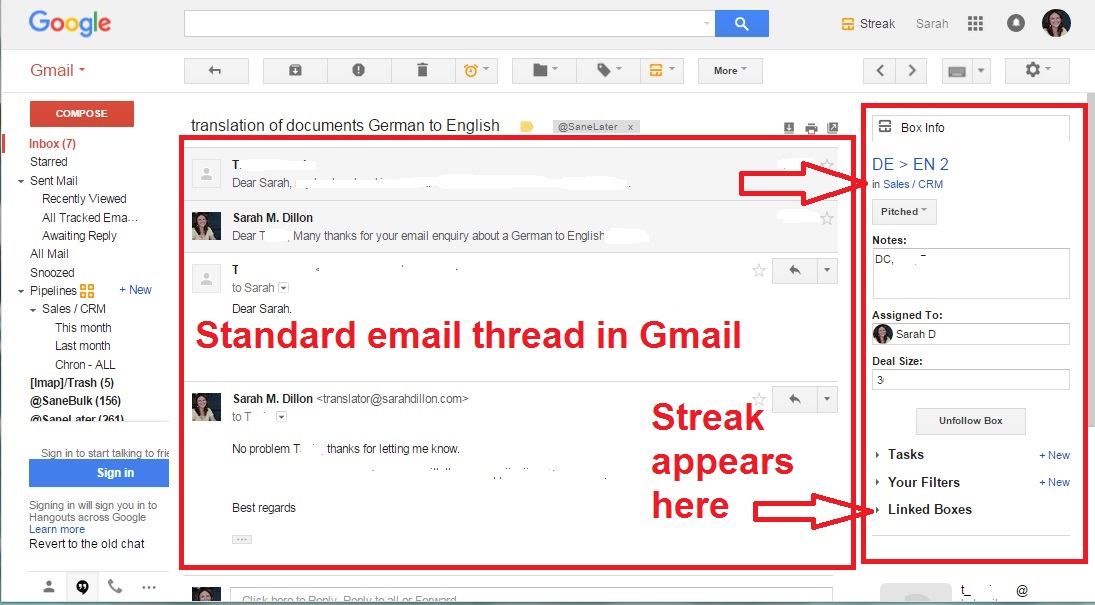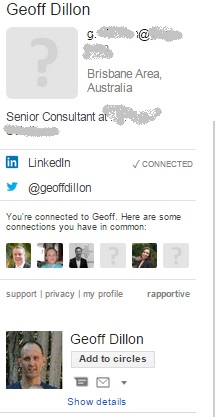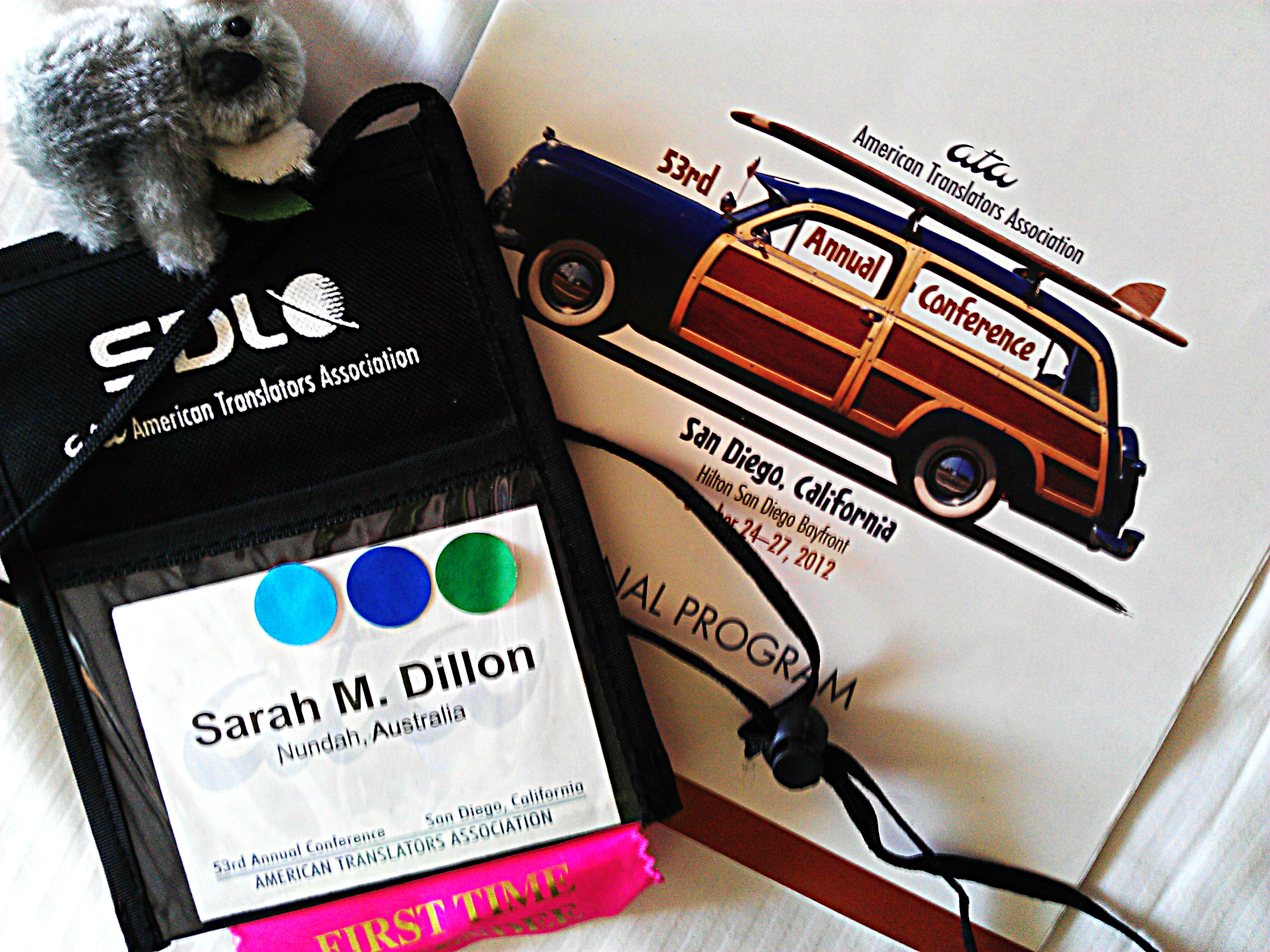
Today’s SYS Challenge: Pick One Platform #socialtranslator
Do you take a spray and pray approach to social media?
You know, you open accounts on every up-and-coming platform, then blast out updates and/or connection requests across them all (or at least, the main ones), whenever you can?
(Don’t worry, this isn’t a trick question. Blog posts that open with trick questions always put me off!).
There’s nothing wrong with this approach.
In fact, I’m certain many a successful business has been built off the back of it.
But today, seeings as this is a challenge and all, I’m going to suggest giving that approach a break.
Today, I’d like to see you give all your love to just one platform.
One platform, 100% focus
Ideally, you’d pick that one that might best help you meet your goals.
But really, you can pick any – the one you love the most, the one you dread the most. All that matters is that you pick one.
Now, study that platform. Look at it under a microscope. Roll up your sleeves and dig in deep. Put your ear to the ground and listen closely.
Here’s how:
- Who does your buyer persona follow on that platform? These may not be the most popular accounts, but they are the most important ones as far as you are concerned. Let’s call them “influencers”.
- What do these influencer profiles look like? Their images, the words they use?
- What content do these influencers share, and when?
- How do your target buyers interact with these influencers, if at all?
- When and how are your target buyers active on this platform?
- What other platform-specific language or communication conventions can you spot? You’re a translator, this part should be easy! And fun 🙂
- Make sure your account details are up-to-date.
- Rewrite your profile, keeping in mind the buyer persona who is most likely to see your profile (i.e. the marketing manager or assistant). Remember that the profile you write when you’re looking for an inhouse position shouldn’t be the same as the one you’d write when you’re selling your services. Frame everything you do or say in terms of how it translates into value for your buyer persona. In other words, how can you help them be successful in the eyes of the people THEY answer to?
- Take the time to learn all the ins and outs of the platform. Does it have analytics or other forms of tracking? How does it work? What about advertising? And what does that little button there do? Now’s your chance to find out.
Now, make that one platform the centre of your social media efforts for a specified period of time, and see what happens.
—–
A Social Media Challenge!
Your mission, should you chose to accept it, is to do one thing each day in October that will have an impact on your social presence in the longer term.
Each weekday in October, I’m going to suggest a task to work on for whatever pocket of time you can carve out that day. You can choose to follow my suggestion, adjust it to suit your circumstances, or come up with an alternative – whatever makes most sense for you. Or just dip in and out as it suits.
Follow along on Twitter, Facebook, or here on the blog. Let me know how you’re getting on by using the hashtag #socialtranslator (so I can find you!). If you find it helpful, please give me a thumbs up, a like or a share – that’s how I’ll know you’re finding it useful, and it’ll help other translators join in too.










